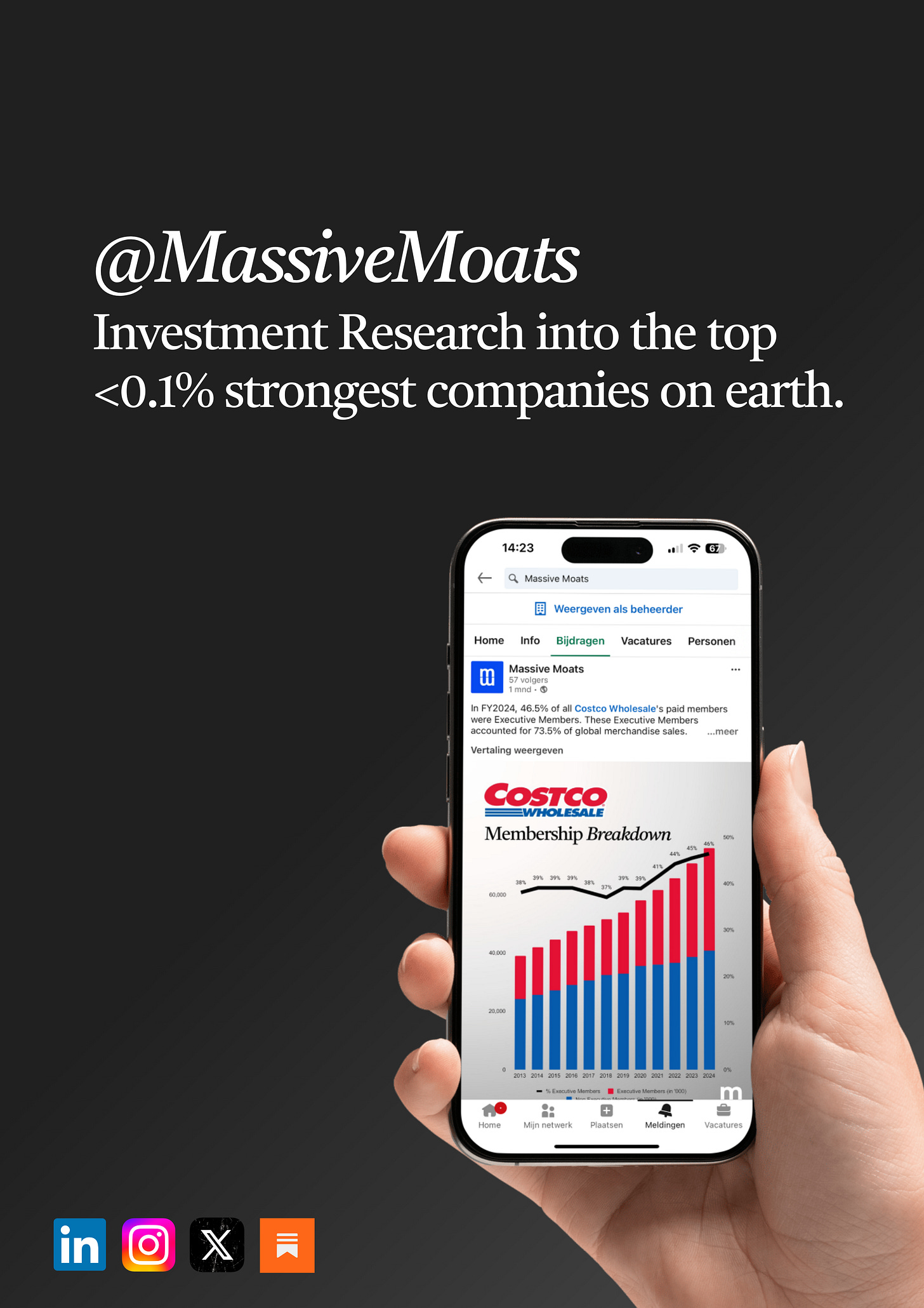My Thoughts on Valuation
In assessing quality companies
You can analyze a company’s valuation until you're blue in the face—literally. With near-infinite scenario permutations and a wide range of input variables, arriving at a target price can be an overwhelming and highly complex endeavor.
In the past, I aimed to construct valuations as “precisely” as possible, using elements such as the current Risk-Free Rate, Equity Risk Premium (ERP), Beta (β), Size Risk Premium (SRP), and Company-Specific Risk Premium (CSRP). Over time, however, I’ve increasingly moved away from this ‘precise approach’. Today, I allocate less than 1% of the total time spent on a company analysis to the valuation component. The remaining 99%+ is dedicated to qualitative research.
A complex Excel model may give the impression of sophistication. That might be part of the appeal for its creators—or perhaps they find a sense of false certainty in the model. Likely, it’s a combination of both. In my experience, the more extensive such a model becomes, the more assumptions it typically relies on. This makes the valuation increasingly subjective and less precise. And consequently, less meaningful in a real-world context.
Let’s take a step back to consider how, in my view, a valuation analysis should actually be approached. It begins with a deep qualitative assessment of the business: the foundations of its business model and strategic direction, market dynamics and competitive advantages, corporate culture and management, as well as its ability to navigate future risks and capitalize on emerging opportunities. This analysis should also account for how these qualitative drivers have historically shaped the company’s financial trajectory.
This is where, in my view, 99%+ of the analysis time should be spent. Only then should the remaining <1% be used to build on this foundation—by translating growth prospects into valuation metrics such as P/E, P/OI, P/OCF, P/FCF multiples, yields, or a DCF output. These can then be expressed as an implied IRR at the current market price.
The final valuation output is far less meaningful than the qualitative insights uncovered during the research process. These qualitative dimensions ultimately drive the decision of whether to buy—or walk away.
Whether a multiple or yield is a few (percentage) points higher or lower is far less important than the core driver of long-term shareholder returns: the growth in intrinsic value per share. That growth is fueled primarily by increases in revenue and profitability—two levers driven by management’s vision for the company’s future and its ability to execute on that vision. Their capital allocation decisions reflect this vision, enabling the company not only to pursue growth but also to defend—and potentially expand—its moat; the protector of its pricing power.
That said, a great company trading at an (extremely) high valuation may have overly optimistic future expectations priced in. A strong business, therefore, does not automatically equate to a high yielding investment in the short run. However, this may be less relevant for the ultra-long-term investor.
Still, because businesses tend to dance around their intrinsic value, other strong companies may offer a better implied IRR at a given moment. The goal is always to strike an optimal balance between risk and reward.
In a perfectly efficient financial market, that equilibrium would be accurately reflected in each company’s valuation. But reality is far messier. Financial markets are far from efficient, which opens the door to both mispricing and opportunity. Seizing those opportunities requires vigilance—and a recognition that any such assessment is inherently subjective. The market, as a collective of diverse investors, may interpret those same moments differently.
The “golden” opportunities investors reference tend to stem from a narrow set of examples and are often clouded by survivorship bias. The real question is whether it makes sense to wait for these perfect buy-in moments—because a high-quality company can trade above your ideal entry point for years. As intrinsic value compounds, you may find yourself perpetually behind the curve, adjusting your target upward with each earnings report, only to discover the market has already done so quarters or years ago.
In the realm of moat investing, you must be willing to pay a (often) higher price for quality in the short term, allowing yourself to be positively surprised in the long term by the power of exponential growth and the ability of certain companies to continually build on their past successes—and in doing so, shape the future.
Eelze Pieters
April 13, 2025
Disclaimer: The information above is provided for general informational purposes only and should not be construed as investment, accounting and/or financial advice. You should consult directly with a professional if financial, accounting, tax or other expertise is required.




I try to keep my DCF models as simple as possible. I've been experimenting a lot, trying to find out what the best and simplest approach to valuation is, but it's a difficult task nonetheless